Why Water Balance Is So Important for Your Pool
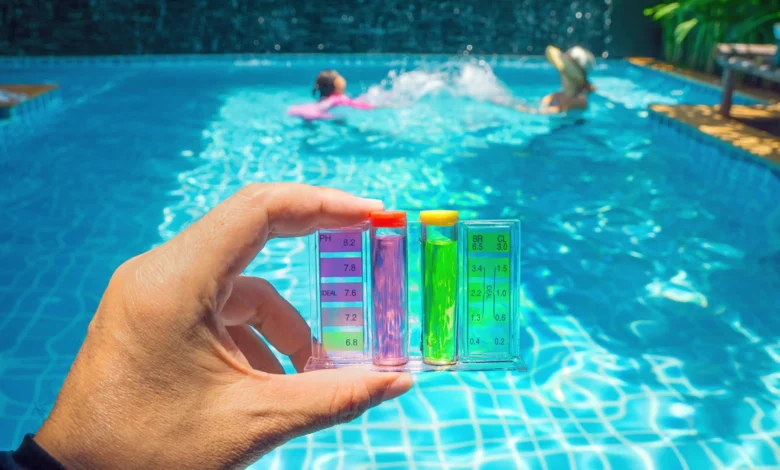
Making sure you are maintaining the water balance in your swimming pool is vital for a few reasons. Firstly it reduces the likelihood of water issues such as algae infestations or murky water. When your water is balanced, your sanitising agents work to their full potential. You will also be able to extend the longevity of your swimming pool and the equipment, by maintaining the quality and balance of the water.
How can I keep my pool water balanced?
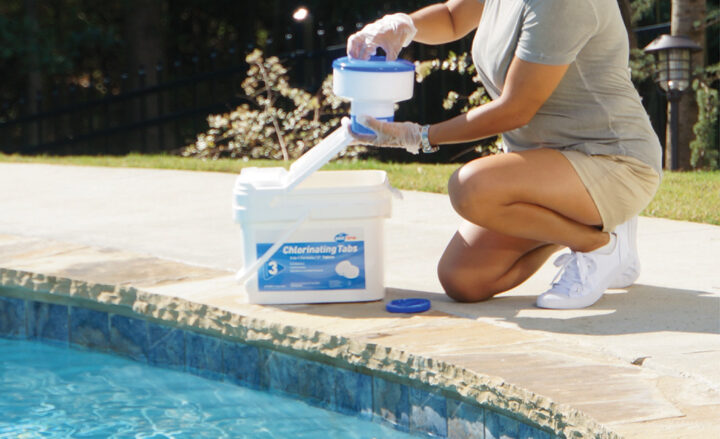
To keep an eye on your water balance, you can test the water yourself, by investing in a water testing kit, or you can take a sample of your pool water to your local pool shop. This would be the easiest and most effective way to achieve a balanced pool. You should aim to test and analyse your water each week. Your water quality will be compromised if your water isn’t balanced correctly. This is not good for the maintenance of your pool or equipment, and it can cause skin irritation and even bleach your clothes and swimwear. Water testing kits are affordable and very easy to use. Of course, each brand comes with different instructions, however for most types, it’s usually collecting a sample of pool water and dipping a test strip in the sample. Then you match the colours on your strip to the ones on the colour guide to see the levels of your pool.
What contributes to keeping your water balanced?
pH levels
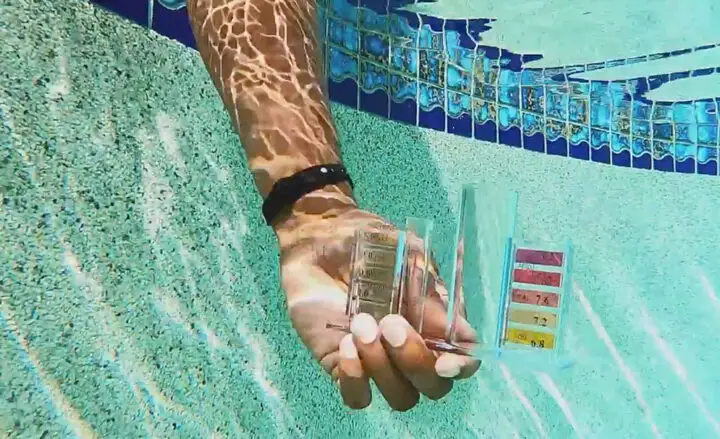
You may have heard about the pH level in swimming pool’s? This is a level which can become unbalanced very easily. If the pH levels are not maintained, it can lead to many issues arising. Not only for the people in the water, but for the pool equipment as well. On one end of the scale, if there is a high pH level, this results in the water becoming too alkaline and the chlorine becomes unable to sanitise the water. On the other side of the scale, if the pH is too low the water will become acidic and will cause skin irritation and the water will go cloudy. The optimal pH levels for a swimming pool is in the range of 7.2 to 7.8. By keeping some ‘pH increase’ on hand you can add it if your levels get too low.
Total Alkalinity
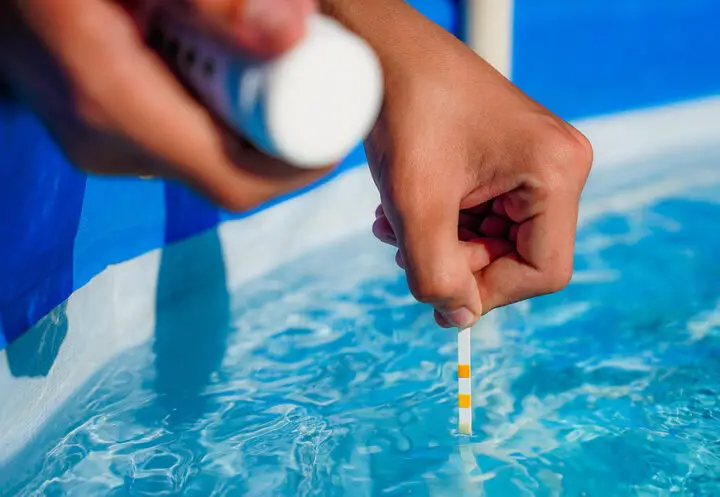
Your pool’s alkalinity is called total alkalinity (T.A) and this measures the levels of carbonates, hydroxides and bicarbonates. They all play a role in keeping your pool clean. Your alkalinity is like a buffer which stops the pH from dropping or spiking. Monitoring your total alkalinity in conjunction with your pool’s pH levels is recommended, as they have a great influence on each other. For example: if your total alkalinity is too low, your pH will be as well and if your total alkalinity is high, your pH will be too. The ideal range for total alkalinity should sit between 80 to 120 parts per million (ppm).
Calcium Hardness
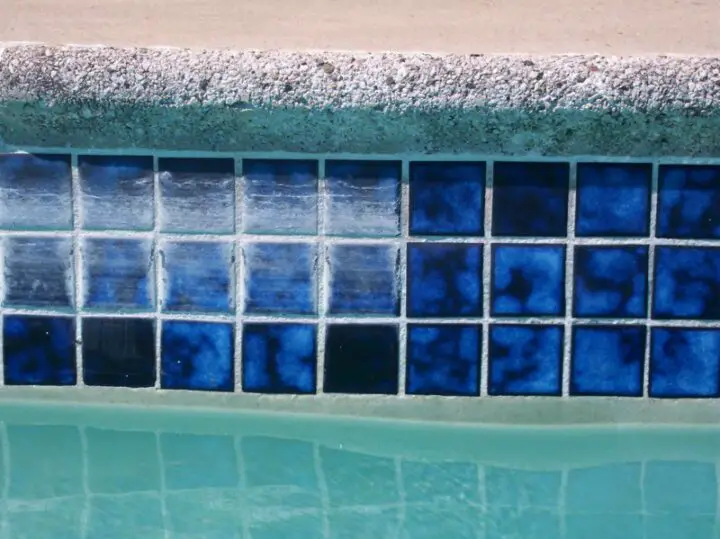
Along with the total alkalinity and pH levels, the calcium hardness in your pool must be monitored frequently. The recommended calcium hardness levels are between 100 to 300 ppm. If the levels are low, it can have a corrosive effect on your pool and its equipment, however, if it’s too high there may be stains appearing on the surface.
Stabiliser
Stabiliser retains the chlorine in the water for longer. It is essential to keeping your pool water healthy. The UV rays of a full sun can break down the chlorine so it is ineffective within a matter of 2 hours. However if there is too much stabiliser in the water, this can also make your chlorine ineffective. Normal stabiliser levels range between 40 and 100 ppm. When the stabiliser levels get too low you will need to add in more chlorine, and if you need to lower your stabiliser levels, you can purchase a reducer or drain the water slightly and top it up with fresh water.
Sanitiser
The 3 main types of sanitisations available are traditional chlorine, salt, and mineral. Your sanitiser is an essential part of your pool’s maintenance and water balance. It’s important to keep the correct level of chlorine in your pool- to not only prevent algae and bacteria growth, but also to protect your friends and families from skin and eye irritations. For both chlorine and salt pools, the chlorine level should sit around 1-3 ppm. For minerals, it is 0.05ppm. Like with all the levels to balance, regular testing of the chlorine levels will ensure they are maintained correctly.
Total Dissolved Solids (TDS)
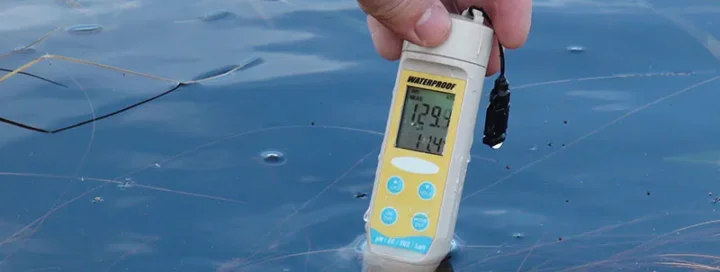
The total dissolved solids are the number of substances dissolved in the pool water. Things like contaminants such as sweat, foliage, and pool chemicals all add to the TDS. The more your pool water evaporates, the more your water will become concentrated. The minerals will prevent the pool chemicals from working correctly. This can result in stains and scaling around your pool. Your TDS levels should be kept around 1200ppm. If your levels become too high you can drain some pool water out, and then add some fresh as a solution.
Following user manual and guidelines
When you invest in your swimming pool, you would be given a comprehensive guide on all the pool care and maintenance. It’s important that you make sure you follow the guidelines stated in your user manual for the best results with your water, and to protect your pool and equipment. If you are not confident testing or managing your pool’s water balance, or you don’t have the time to commit to it, you will need to call in a professional pool cleaner. If you do go down this road, it’s important the pool cleaner is given a copy of your pool’s manuals and user guides for your equipment. They will take it off your hands, and be able to take care of your pool maintenance, checking external factors such as people using the pool, debris, and the weather, as the water balance can be easily thrown off.
Our friendly and knowledgeable team here at FactoryPoolsPerth are happy to help answer any questions concerning water balance for your pool, or if you would like any additional information we would love to hear from you.
